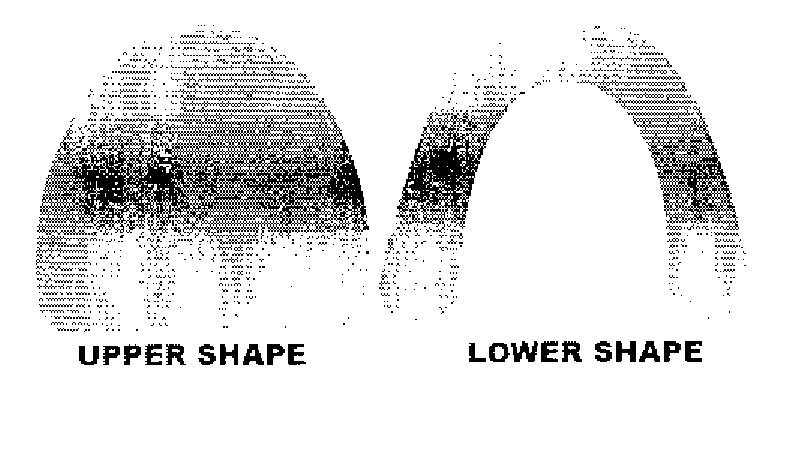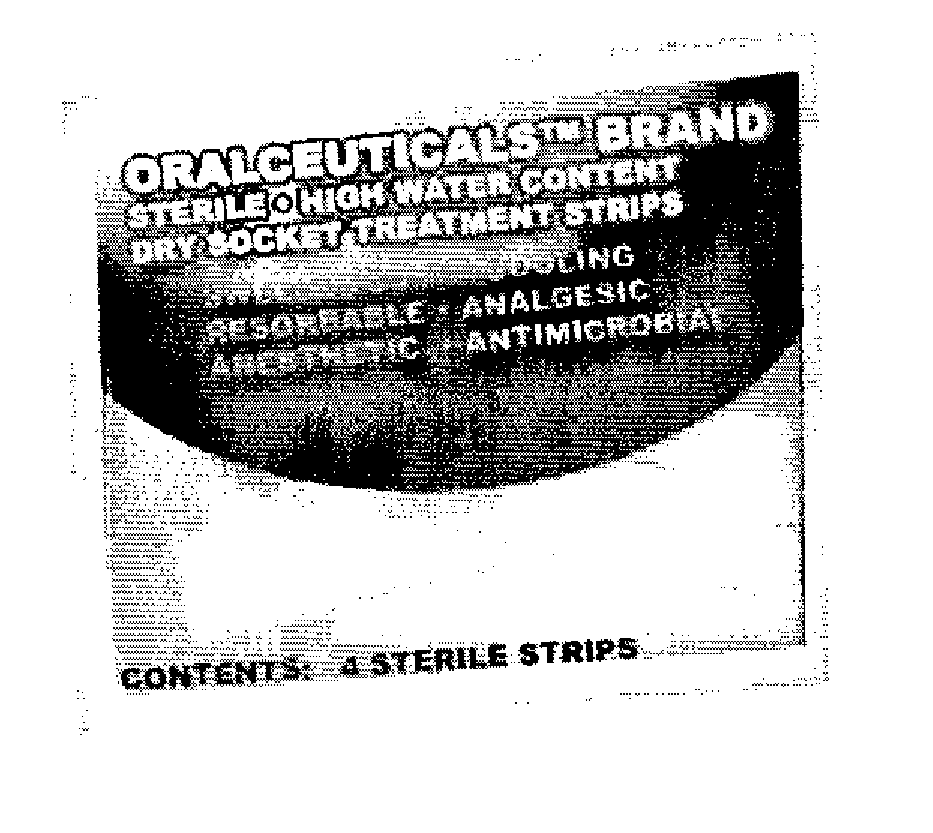Hydrogel sheets and shapes for oral care
a technology of hydrogels and oral care, applied in the field of hydrogels, can solve the problems of inability to create such hydrogels, few machines capable of creating such hydrogels, and inability to adapt to oral, mucosal or dental use, etc., and achieve the effects of reducing the risk of infection
- Summary
- Abstract
- Description
- Claims
- Application Information
AI Technical Summary
Benefits of technology
Problems solved by technology
Method used
Image
Examples
Embodiment Construction
[0018] The present invention is directed generally to new hydrophilic cohesive hydrogel products which are adapted for a variety of oral uses; e.g., from form-fitting sticky denture fixatives or alveolitis packing to controlled release devices for deliver of bioactive materials.
[0019] In some implementations of the present invention, a hydrophilic oral and dental cohesive gel sheet or device capable of securing and cushioning dental prostheses for humans or other animals may be formed and used. In particular, a variety of denture fixatives, including alternative liners and / or powders may be used.
[0020] Such developments include a bio-adhesive, high-water content denture liner / fixative that may dissolve very slowly, flow to distribute occlusal forces, cushion to minimize denture sores and feels smooth, non-gummy, and non-greasy. Up to about 2% gum or alginate may be added to the ingredients to supplement adhesion. The gums and alginates may also be powder coated on the outside of a...
PUM
| Property | Measurement | Unit |
|---|---|---|
| Fraction | aaaaa | aaaaa |
| Fraction | aaaaa | aaaaa |
| Fraction | aaaaa | aaaaa |
Abstract
Description
Claims
Application Information
 Login to View More
Login to View More - R&D
- Intellectual Property
- Life Sciences
- Materials
- Tech Scout
- Unparalleled Data Quality
- Higher Quality Content
- 60% Fewer Hallucinations
Browse by: Latest US Patents, China's latest patents, Technical Efficacy Thesaurus, Application Domain, Technology Topic, Popular Technical Reports.
© 2025 PatSnap. All rights reserved.Legal|Privacy policy|Modern Slavery Act Transparency Statement|Sitemap|About US| Contact US: help@patsnap.com


